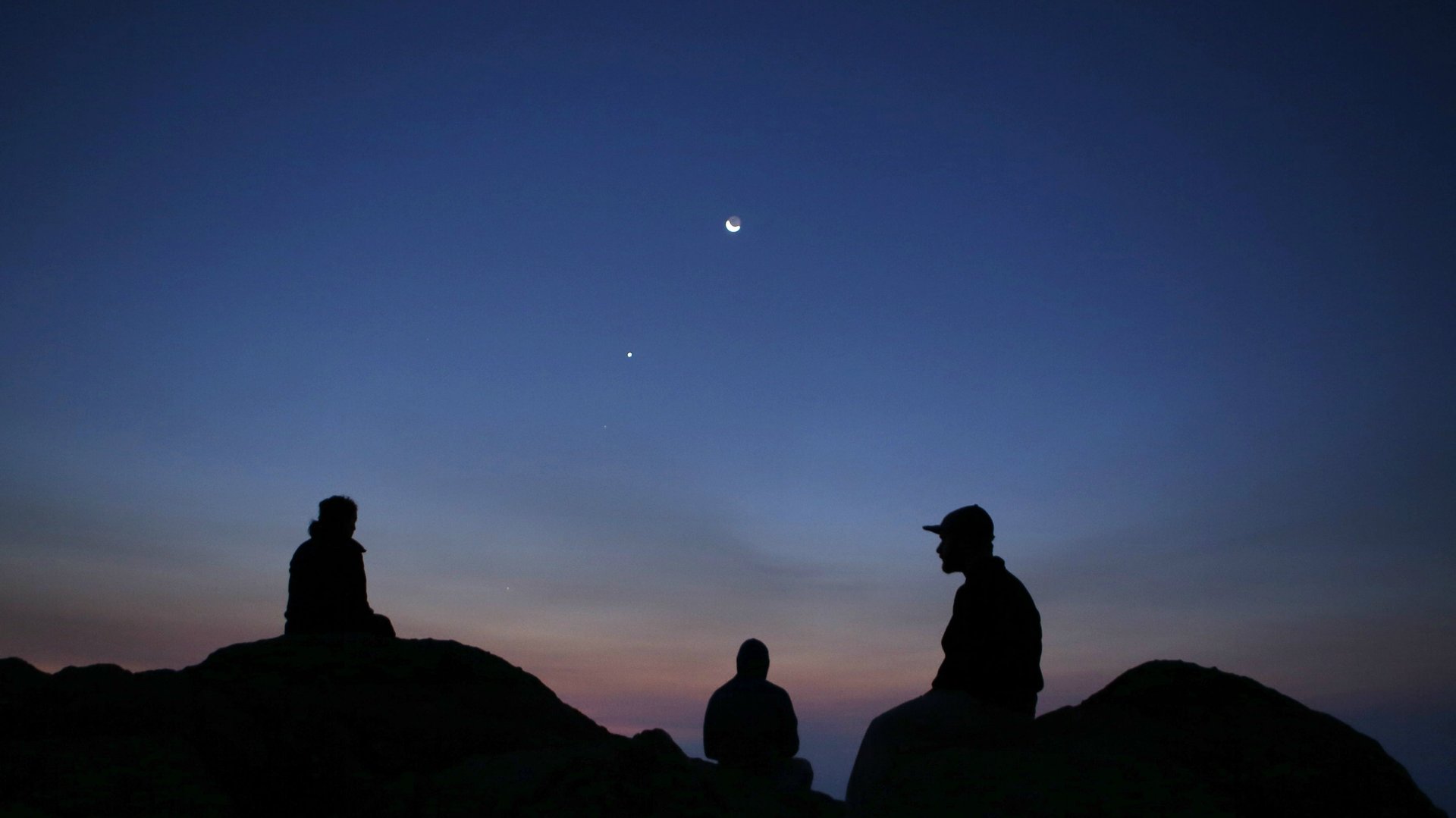Scientists found a moon cave that’s big enough to be an astronaut base
Scientists with Japan’s space agency have announced they have discovered what appears to be a humongous cave on the surface of the moon—a potential spot for astronauts to set up an exploratory base.


Scientists with Japan’s space agency have announced they have discovered what appears to be a humongous cave on the surface of the moon—a potential spot for astronauts to set up an exploratory base.
It has been hypothesized that the walls of the cave—what remains of a 3.5 billion-year-old lava tube—could serve as a shield for lunar astronauts from micrometeorites, intense radiation on the surface of the moon, as well as temperature swings that can plummet from 100°C (212°F) days into frigid -173°C(-280°F) nights. Scientists still don’t know what the inside of the cave looks like—that will likely require further exploration, according to the findings published in Geophysical Research Letters.
“Dreams of putting people into lava tubes on the moon have been ongoing for decades, and this work is an important step in turning that dream into reality,” wrote the editor of the research based on data gathered by Japan’s SELENE lunar orbiter.
Scientists at the Japan Aerospace Exploration Agency were the first to identify the cave under an area called the Marius Hills, reports Agence France-Presse. They estimate it’s about 31 miles (50 km) long and 330 feet (100 meters) wide. Japanese scientists first began focusing on the region when they discovered what looked to be large pits. The news this week confirms that at least one so-called pit is actually an entrance to a rather large cave.
Space researchers have speculated about the existence of lava-tube caves on the moon since first days of the US Apollo missions. For years, NASA has been using lunar reconnaissance orbiters to try and learn more about the pits.
“Even a few pictures from ground level would answer a lot of the outstanding questions about the nature of the voids that the pits collapsed into,” said Robert Wagner, a lunar researcher who teaches at Arizona State University, in a 2014 NASA interview.
The timing might be right for moon exploration. While Elon Musk wants to use his company SpaceX to get astronauts to Mars, US president Donald Trump has signaled that he’s more interested in getting more people to the moon—contributing to the larger debate about which would be better to further explore first.